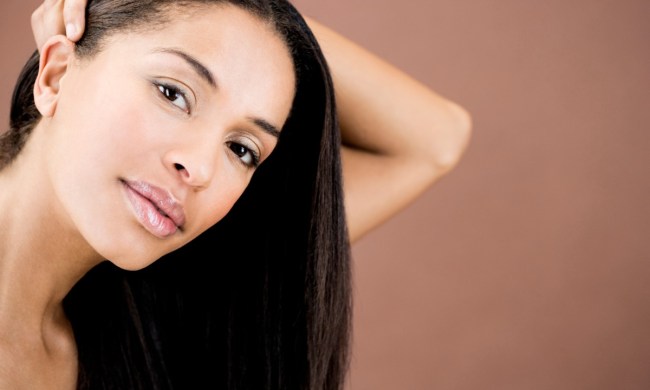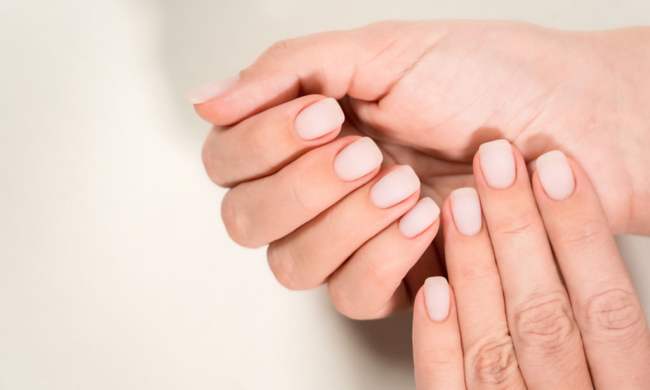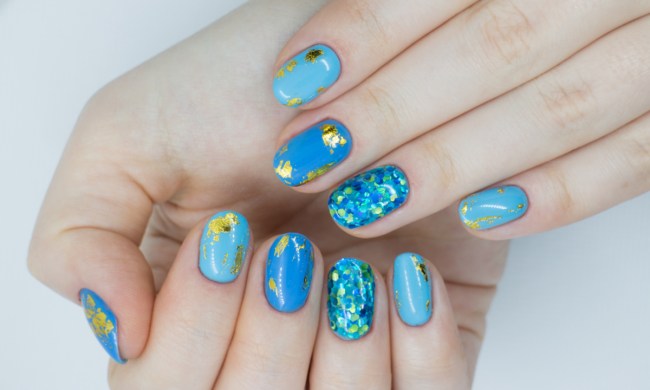The beauty industry is big, raking in $380.2 billion in revenue globally in 2019 and an estimated $49.2 billion in revenue in the U.S. in 2020. The beauty industry is powerful, with social media and “influencers” giving brands and products the kind of exposure that would have been hard to imagine back when buzz was limited to your friends and the lady at the drugstore counter. But, one thing the beauty industry hasn’t traditionally been is kind to the Earth.
The not-so-pretty side of the beauty industry
When it comes to environmentally friendly practices, the beauty industry isn’t exactly “looking good.” The amount of plastic packaging for beauty and personal care products in the U.S. has increased more than 120 times since 1960, and almost 70% of that waste ends up in landfills. Approximately 18 million acres of forests are lost every year from the 120 billion units of packaging that the cosmetic industry produces globally. And, though recycling helps, only about 14% of plastic packaging used globally ends up in recycling plants, according to the Ellen Macarthur Foundation.
The damage isn’t limited to the land. Plastic microbeads — those minuscule beads used in personal care products such as cleansers, exfoliants, and scrubs — may do the job, but because of their small size, can’t be filtered and end up in lakes, rivers, and oceans at the rate of 8 billion microbeads per day in the U.S. alone. (One tube of facial scrub can contain more than 330,000 microbeads.) Not only are plastic microbeads toxic, but they attract other pollutants and chemicals and end up being ingested by ocean life. While the U.S. passed the Microbead-Free Waters Act of 2015, phasing out the use of plastic microbeads in personal care products, Canada and the U.K. are the only other two countries also to issue a ban.
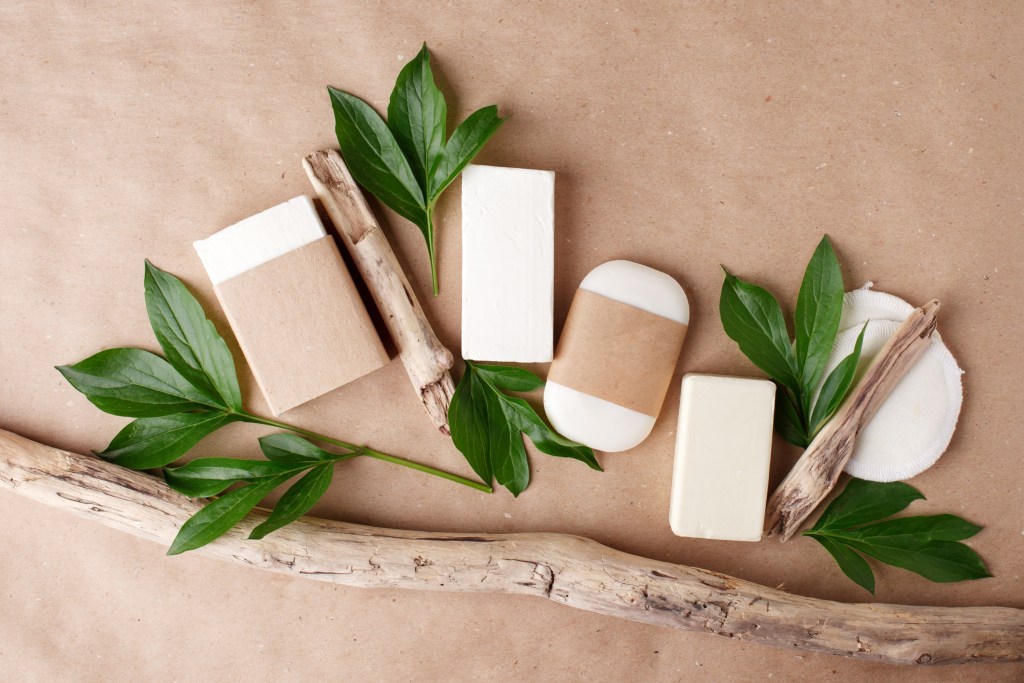
Challenges in creating clean, sustainable products
While this might not paint a pretty picture, the good news is many personal care companies — from large conglomerates to small independents — are embracing sustainable practices, due in part to consumer demand.
“In beauty, some of our biggest challenges are around the manufacturing as well as the use and end of life for our products,” says Victoria Peipert, director of Compliance and Corporate Social Responsibility for the face and body skincare brand Bliss. “Creating one product can take a lot of resources just in the making and shipping of each part of the packaging to the final product you pick up off the store shelf. When products are placed in the trash, they don’t disappear. Instead, they end up in a landfill. What does all that mean for our environment when billions of beauty products are made each year?”
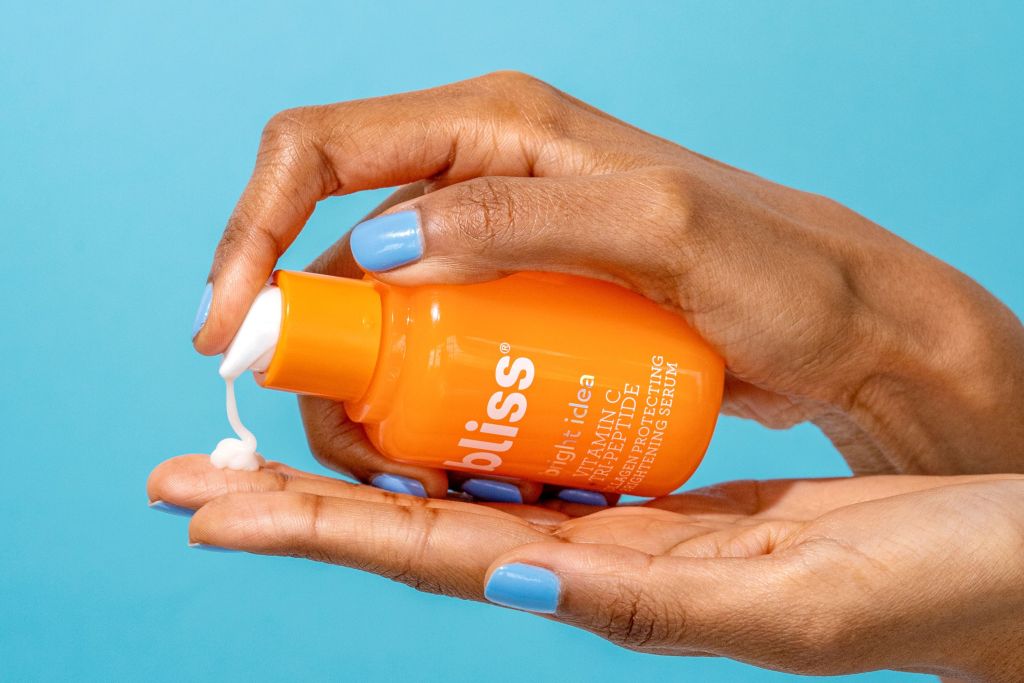
So, what does beauty sustainability really mean? Although there’s no cut-and-dry definition, the term “sustainable” is associated with using ingredients that don’t harm the planet or those of us who inhabit it, ethical sourcing of those ingredients, responsible waste and resource management, and committing to recyclable packaging.
“[It means] good for the earth, good for the growers, good for the consumers. It has to be something that can actually be continuously produced without harm, i.e., regenerative,” says Alexandra Zissu, an eco-lifestyle consultant, writer, and speaker.
Committing to any — or all — of these initiatives is not an easy process for companies. Frédéric Fekkai, founder and CEO of FEKKAI haircare, says his company, which founded National Clean Beauty Day on June 4 as a beauty-industry call to action to create cleaner products, faced challenges in finding partner facilities who shared a commitment to using post-consumer recycled plastics, or PCRs. (Each bottle in the FEKKAI line is made with 95% high-grade repurposed plastic and is 100% recyclable.)
“Working with a variety of materials for packaging lends difficulty when trying to match the color across the board because each material picks up and translates color differently. PCR naturally has different grades of a gray undertone and coloring must be done in a certain way,” says Fekkai. “We needed to make sure that the clean formulas inside the bottles would be safe and would have zero reaction to the material we chose. We wanted to make sure that we made the sustainability practical, and that it could be used again and again and wouldn’t break down in the shower or leak all over our customers’ shelves or in stores.”
Sustainable beauty products frequently cost more than those that aren’t, and the amount of effort that goes into developing them is part of the reason, according to Sarah Hamilton, founder of Sand & Sky, an Australian botanical skincare line.
“Choosing the most sustainable option is rarely the easiest or cheapest solution, which is why it is difficult for many brands to go down this route,” says Hamilton. “It takes a lot of time and resources to test various packaging solutions to ensure they’re able to withstand certain ingredients. For example, the vitamin C in our Dreamy Glow Drops meant we needed to use aluminum droppers as it can corrode other materials.”
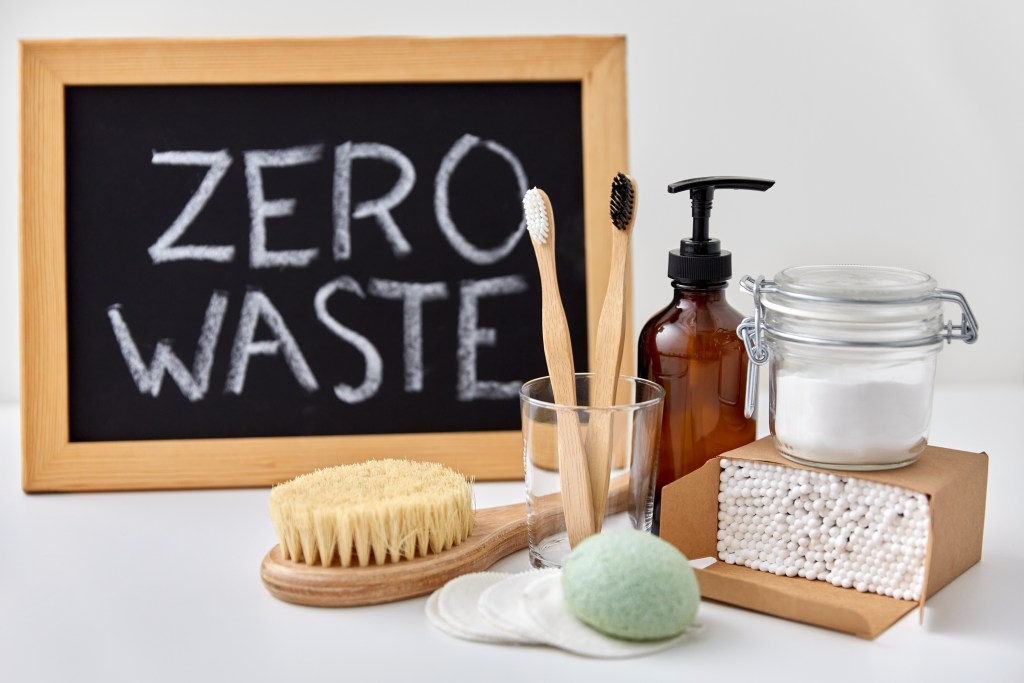
Figuring out what’s important to you
For those of us who aren’t eco-experts but are ready and willing to incorporate earth-friendly beauty practices, knowing where to start can be more than a bit overwhelming. There are a plethora of brands incorporating sustainable practices from those built on the “feel good about looking good” ethos, such as Lush, The Body Shop, and many indie labels, to beauty industry powerhouses such as L’oreal, which recently launched a multifaceted For the Future 2030 sustainability plan, and Unilever, which has committed to making all its plastic packaging reusable, recyclable and compostable by 2025.
To narrow down what brands you might want to support, first remember that no brand is 100% clean and sustainable. Hamilton suggests thinking about what specifically is important to you — be it ingredients, packaging, sourcing, waste management, or all of the above — and looking for brands that mirror your concerns.
“I think the first step for beauty consumers is to get informed,” says Hamilton. “There are a ton of great resources out there for customers to research and be able to make educated purchasing decisions. So many brands are realizing the importance of being transparent about their sustainability initiatives and, like us, are proudly outlining this information on their websites for customers to access. Find a brand that aligns with your values and supports causes that you believe in, and your support will, in turn, help make a difference.”
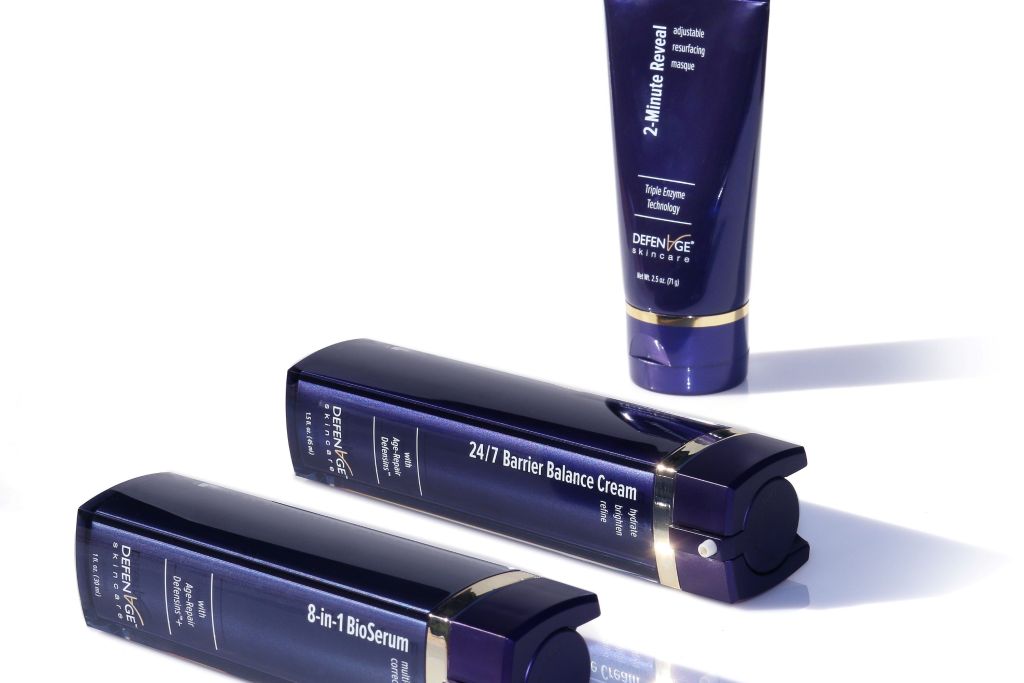
Ingredients
If you feel that ingredients are important, remember what isn’t in a product is just as important as what is, according to Nikolay Turovets, Ph.D., CEO of DefenAge Skincare. Common beauty ingredients such as phthalates, aluminum, and formaldehyde-releasing agents are among ingredients that are commonly used, but are both toxic and non-sustainable.
“Before we even started formulating, we created a very extensive list of cosmetic ingredients that we committed to avoiding,” says Turovets. “Together with common unwelcome ingredients like parabens or formaldehyde-releasing agents, we decided to exclude animal- and human-derived ingredients, which is pretty uncommon. Certain types of diseases and infections can be transferred from animals to humans or from humans to humans. Our refusal to have such sources eliminates these risks.”
Turovets says it was also important for the company to find a workable alternative to microbeads — which again shows the challenges in creating sustainable products. “We did extensive research to find a proper, environment-friendly replacement with special fine granules of sugar that are stable in the waterless formula of the 2-Minute Reveal Masque and provide mechanical support of the exfoliation, but dissolve during the wash step and, therefore, do not affect the environment,” he says.
Product sourcing
If product sourcing is a concern, you’ll want to look for brands that avoid palm oil, the sourcing of which is devastating to forests and endangered species. You can also search for brands that are aware of their supply chains, practice fair trade, and are committed to safe, environmentally friendly working conditions, according to Sustainable Jungle, a website dedicated to sustainable life that offers a guide to sustainable, ethical products.
Waste management
When it comes to waste management and recycling, look for companies that clearly and specifically list their efforts on their websites. Some companies have formed partnerships with TerraCycle, an organization that facilitates the collection of unrecyclable or hard to recycle waste and turns it into other products and materials. For example, Bliss has partnered with TerraCycle to recycle beauty packaging, such as pumps and tubes, that can’t be put in a home recycling bin, and Herbal Essences has partnered with TerraCycle and The Nature Conservancy for a “Renew the Forest” tree-planting program.
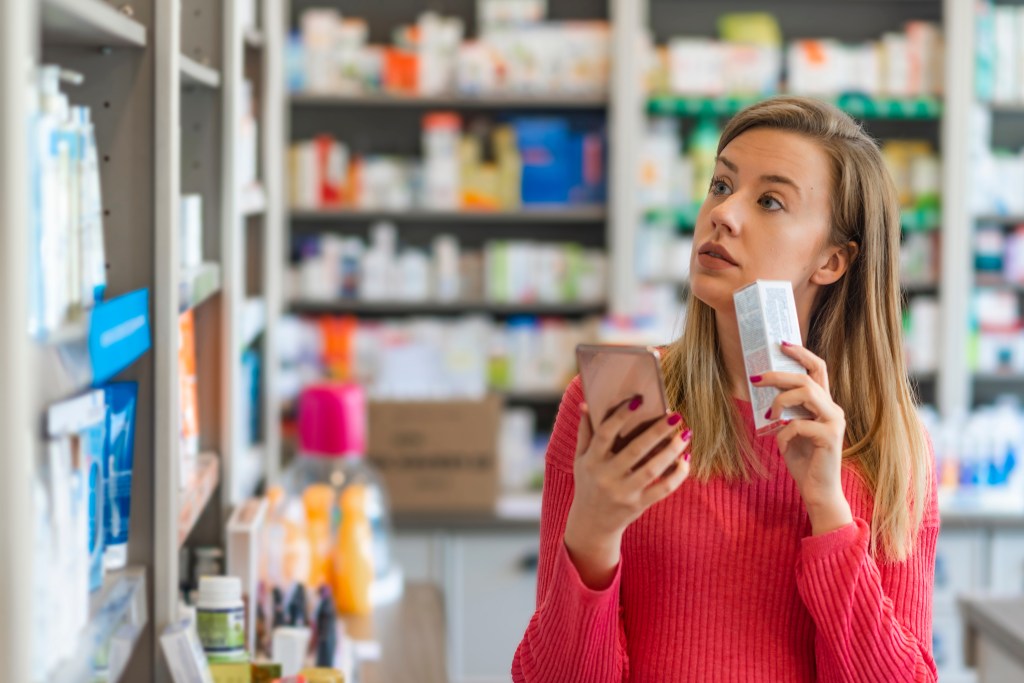
Warning (about) labels
You might also be shocked (or not) to learn that some beauty companies can be deceptive in their labeling practices. Any company can put “natural,” “eco-friendly,” or similar terms on its packaging, but because there’s no government or industry oversight, those words don’t really mean anything.
“Sometimes they don’t even realize it, to be fair, but the ‘greenwashing’ and false use of words like ‘natural’ are really terrible. Almost no claims are real without true third-party certification,” says Zissu.
If you want to be sure a company is practicing what its labels preach, look for third-party certification from organizations such as Fair Trade, Made Safe, and B Corporation, which is especially rigorous and assesses a company’s impact on workers, consumers, communities, and the environment.
“I think anyone interested in being sustainable should check out the recycling programs available on TerraCycle to get more involved and look into B Corp certification and certified companies if they care about brands being a force for good,” says Peipert. (Bliss is undergoing the process of becoming B Corp certified.)
You can be the change, too
The onus for being more earth-friendly isn’t just on the companies — it’s also about our own habits, whether it’s a devotion to disposable razors and wipes or throwing away products that are only half-used.
“We use too many products a day. We don’t need five hair products and four creams and seven different makeup items, all before breakfast. It’s too much,” says Zissu. “We also don’t educate ourselves enough on the natural claims we want to hear. We see ‘eco’ and we blindly trust what we know can’t be true. Be honest with yourself.”
Just remember, as there is no one size fits all for what makes us look good on the outside, the same holds true for what makes us feel good on the inside.
“It’s so important for everyone to stay informed and engaged because the same solution won’t work for everyone, and there’s no ‘perfect’ way to be eco-friendly. It’s more impactful for as many people as possible to do it the best they can and keep brands accountable for their part, too,” says Peipert.
Peipert says that can mean anything from reaching out to brands with questions and concerns about recycling to buying reusable wipes or using up all your products before buying new ones.
“Make choices that align with your values — all of these actions make a positive impact, especially when more people start to do them collectively,” Peipert adds.
BlissMark provides information regarding health, wellness, and beauty. The information within this article is not intended to be medical advice. Before starting any diet or exercise routine, consult your physician. If you don’t have a primary care physician, the United States Health & Human Services department has a free online tool that can help you locate a clinic in your area. We are not medical professionals, have not verified or vetted any programs, and in no way intend our content to be anything more than informative and inspiring.

